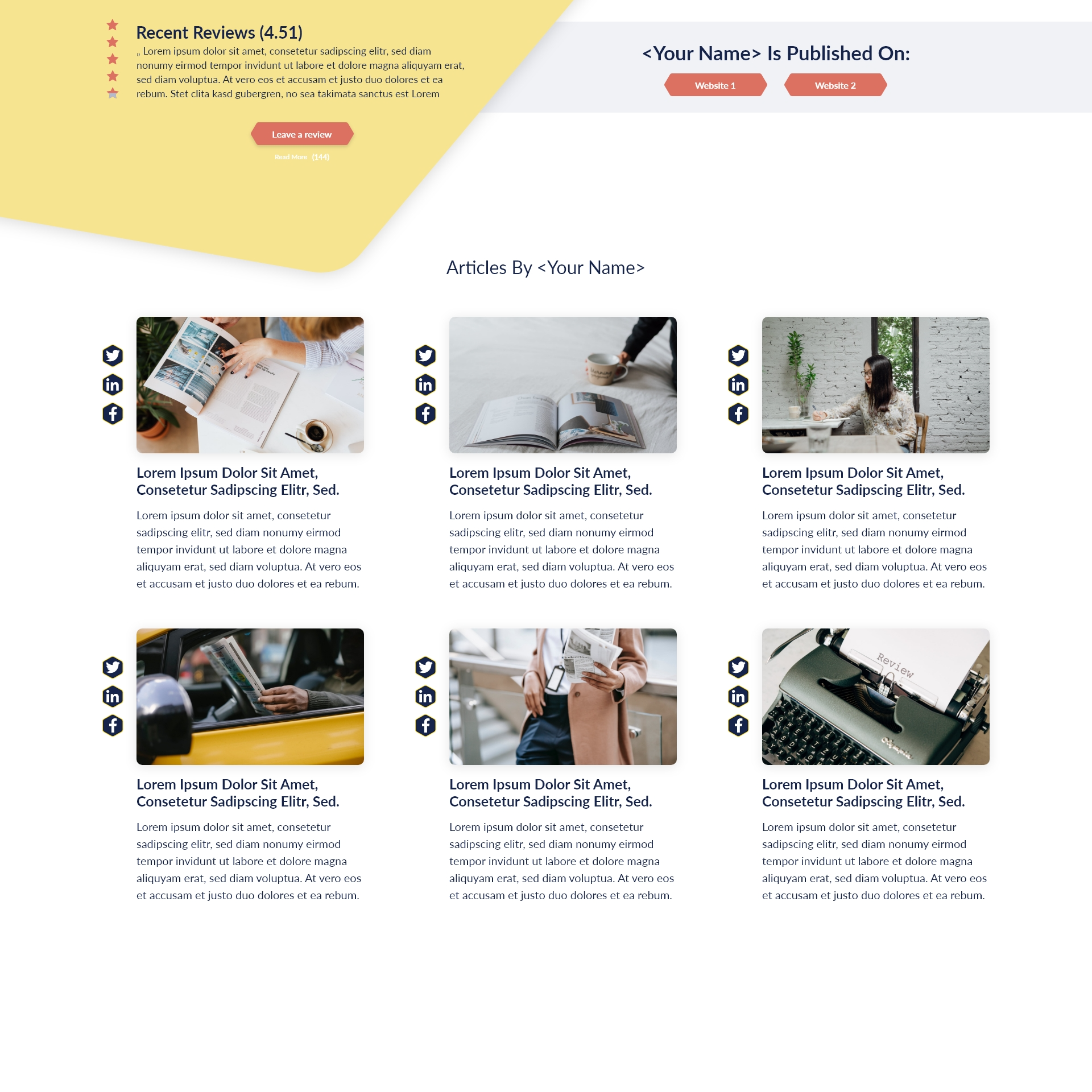Key Takeaways:
- Building resilient leadership requires strategic training and promotion.
- Leadership development must align with organizational goals.
- Mentorship and inclusive leadership foster growth and diversity.
- Succession planning secures a sustainable talent pipeline.
- Clear promotion pathways support internal advancement and engagement.
Unlocking the secrets to a resilient leadership pipeline starts with understanding the critical role of motivation in leadership. By mastering training and promoting initiatives, leaders can foster an environment of continuous growth, engagement, and high performance. Effective leaders know that empowered, motivated employees are the cornerstone of organizational success—and to inspire sustained engagement and strong team morale, a strategic focus on cultivating future leaders is essential.
Understanding the Importance of Training and Promoting in Modern Organizations
A successful leadership pipeline is not born but made, forged through intentional and ongoing investment in people. Organizations thriving in today’s fast-paced environment recognize that their long-term success depends on their ability to develop leaders from within. But what drives a successful leadership pipeline?
- Proactive Talent Development: Organizations with robust pipelines actively identify high-potential employees and nurture their talents through structured programs.
- Continuous Learning Culture: Promotion is not just about filling vacancies. It’s about nurturing capabilities, confidence, and commitment through training programs that prepare individuals for future roles.
- Increased Engagement: Training fosters a sense of belonging and purpose, key ingredients for higher engagement and retention rates.
Employee development initiatives directly influence promotion opportunities. Well-designed training ensures individuals are ready to tackle new challenges, equipping them with the skills needed to excel and leading to meaningful advancement within the organization.
Designing Impactful Leadership Development Programs
Key Components for Effective Skill Enhancement
Leadership development programs form the backbone of a thriving talent pipeline. When designed thoughtfully, they don’t just impart management techniques—they transform mindsets and behaviors. Essential elements include:
- Customized Learning Paths: Tailor programs to address unique leadership competencies required by your organization.
- Experiential Learning: Incorporate hands-on opportunities such as simulations, stretch assignments, and job rotations.
- Ongoing Feedback Mechanisms: Provide regular assessments and constructive coaching sessions.
Aligning Programs with Organizational Growth Goals
Not all development programs fit every organization. High-impact programs align with strategic goals, ensuring that tomorrow’s leaders are equipped to drive the business forward. Linking leadership competencies with business objectives ensures accountability and maximizes your return on investment.
Innovative Succession Planning Best Practices
Succession planning is not just about replacement—it’s about strategic preparedness. Future-proofing your organization requires a pipeline of ready talent, cultivated through best practices in:
- Identifying Leadership Gaps: Use assessments and performance metrics to pinpoint where future leaders will be needed most.
- Structured Talent Reviews: Conduct regular reviews to evaluate employee readiness and development needs.
- Talent Pipeline Creation: Build bench strength across all levels to address both planned and unplanned vacancies.
Building a Sustainable Talent Pipeline Creation Strategy
Creating a sustainable pipeline means looking beyond immediate needs. Foster a culture of learning and adaptability by:
- Leveraging technology to track development
- Encouraging cross-functional experiences
- Providing clear visibility into advancement opportunities
Identifying High-Potential Employees for Future Leadership Roles
Use objective criteria and diverse feedback mechanisms to spot those with exceptional drive, adaptability, and strategic thinking potential.
Effective Mentorship Strategies to Foster Management Potential
Mentorship accelerates growth and builds trust throughout the organization. Pairing seasoned leaders with emerging talent can significantly reshape career trajectories and build a collaborative culture.
Role of Mentors in Workplace Leadership Assessments
Mentors provide invaluable feedback during leadership assessments. They help mentees reflect on strengths and areas for improvement while setting achievable development goals.
Steps to Empower New Managers Through Mentoring
- Set clear expectations for mentors and mentees
- Design mentor pairings based on complementary strengths
- Schedule regular check-ins and provide structure
- Encourage open dialogue about challenges, aspirations, and learnings
Team Motivation Techniques to Boost Internal Promotion
Recognizing and rewarding promotable talent is key to retaining high performers and fueling internal advancement. A motivating environment creates alignment between individual ambition and organizational goals.
- Spotlight Achievements: Celebrate wins, both big and small, to reinforce desired leadership behaviors.
- Offer Tailored Development Opportunities: Connect high-potential employees with advanced projects and skill-building programs.
- Foster a Safe-to-Fail Culture: Let employees take calculated risks, innovate, and learn from setbacks.
Inclusive Leadership Practices for Diverse Teams
Inclusive leadership unlocks team potential by valuing diverse perspectives, ensuring every team member feels empowered to contribute fully to organizational goals.
- Invite feedback from all voices
- Ensure fair and unbiased access to opportunities
- Champion diversity in leadership nomination processes
Navigating Coaching vs Training Differences in Employee Development
Understanding the distinction between coaching and training enables leaders to leverage these tools effectively. Training focuses on transferring knowledge and building foundational skills, while coaching provides individualized guidance for personal and professional growth.
Distinct Approaches for Employee Skill Enhancement
- Training Workshops: Structured, curriculum-based experiences ideal for imparting core skills or compliance requirements.
- Coaching: Ongoing, personalized, and goal-oriented to address nuanced development needs or leadership style refinement.
When to Use Coaching, When to Use Training Workshops
- Use Training: To ensure essential knowledge and baseline competencies across teams
- Use Coaching: To navigate challenges, foster self-awareness, and unlock higher-level potential in targeted individuals
Clear Pathways: Promoting Internal Talent through Structured Leadership Promotion Pathways
Career advancement should be a visible, attainable goal for all employees. Well-structured promotion pathways remove ambiguity and encourage employees to invest in their own development.
- Transparent Criteria: Share requirements for advancement and give employees constructive feedback on their progress.
- Competency Frameworks: Define clear benchmarks for leadership roles at every level.
- Developmental Rotations: Allow aspiring leaders to build breadth and depth of experience across the organization.
Overcoming Barriers to Advancement and Fostering Inclusivity
Barriers can include unconscious bias, lack of opportunity, and opaque processes. To create a culture of inclusivity:
- Routinely audit pathways for equity and accessibility
- Provide coaching or sponsorship to underrepresented groups
- Establish feedback loops to monitor and adjust progression frameworks
Motivation essentials for leaders revolve around building programs and pathways that encourage engagement and highlight opportunities for advancement. By deeply integrating training, mentorship, and inclusive promotion strategies, organizations can sustain morale and inspire an enduring culture of excellence.
Ready to strengthen your leadership bench? Investing in your employees’ growth is the surest step toward future-ready teams.








